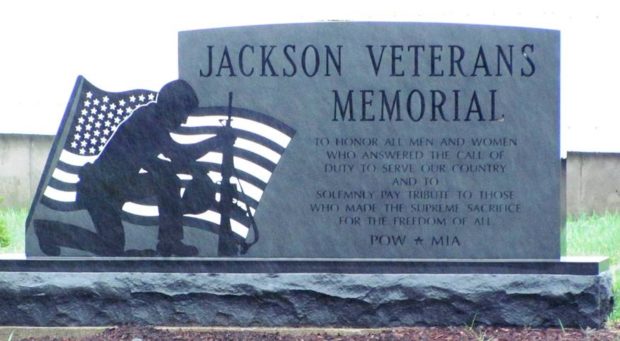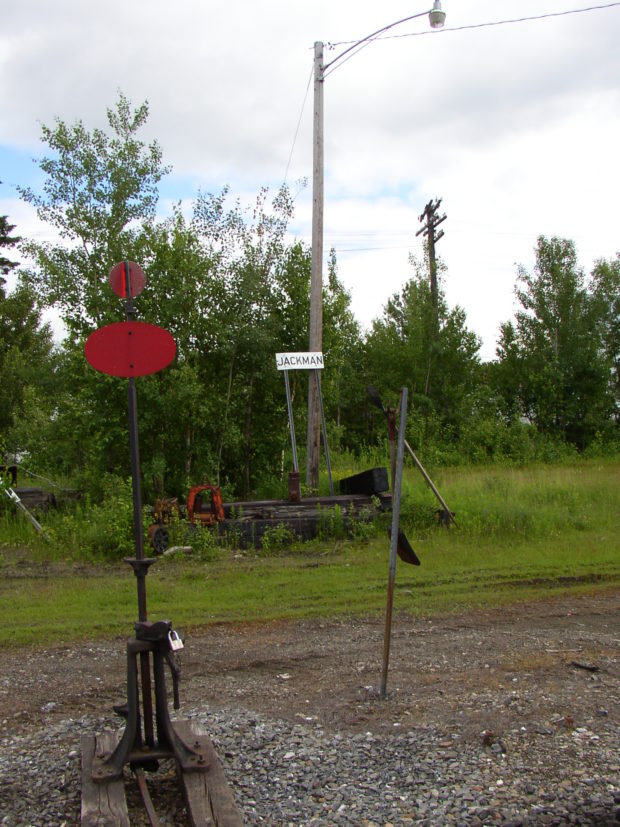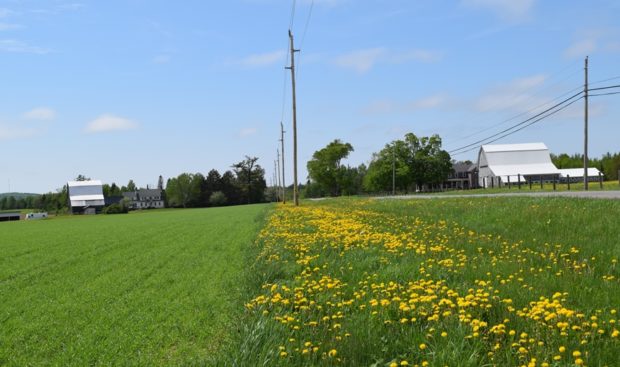Knox

is a town in Waldo County, incorporated on February 12, 1819 from Knox Plantation. It was named for Revolutionary War General Henry Knox. See photos. The town, a small but steadily growing community, lies northwest of Belfast on Route 137. The Belfast and Moosehead Lake Railroad passes through its northern tip.




















